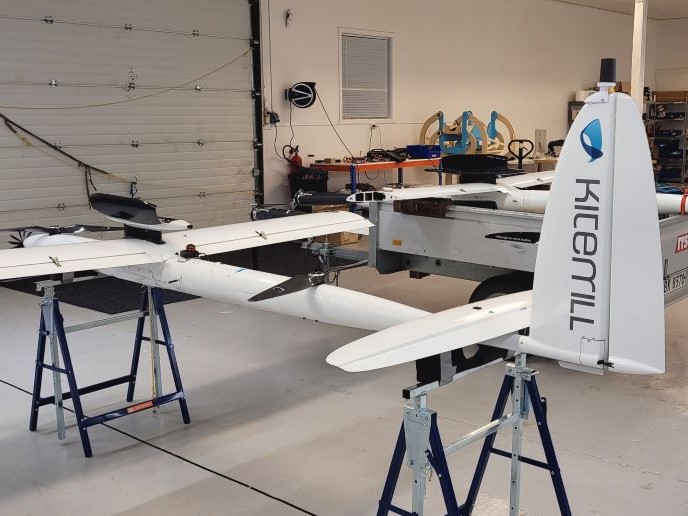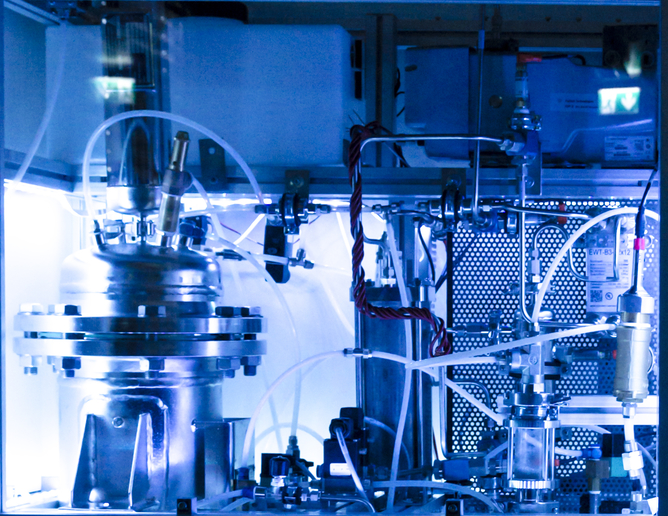Airborne wind energy ready for take-off
While offshore and onshore wind farms have advanced rapidly within the renewable energy sector, airborne wind energy has yet to take off. There is a clear untapped opportunity here. Wind is stronger and more consistent at higher altitude. Furthermore, removing the need for large, permanent towers and turbines, by replacing these with tethered ‘kites’, could reduce the amount of material needed to build wind energy infrastructure. “We firmly believe that this technology could have a major impact on meeting renewable energy goals,” says AWE project coordinator Thomas Hårklau from Kitemill(opens in new window) in Norway. “One of the biggest challenges facing wind power is the need for space – and material. Kite turbine technology uses far less material than a conventional wind turbine.”
Reaching higher, stronger winds
There is still work to be done in convincing the renewable energy sector of the technology’s viability and ability to operate at an industrial scale. The goal of the EU-funded AWE project therefore was to advance the market readiness of kite turbine technology, through scaling up and demonstration tests. Kitemill’s technological solution for generating renewable energy consists of three main parts: a kite, a tether and a ground station. The tethered kite, which looks a little like a miniature plane, stays aloft by gliding on air currents. The tether transforms the pull force from the kite to the ground-station generator. The ground station then converts the tractive force from the tether to electricity, which can be fed into the power grid. The kite can be flown at an altitude of 300 m. Already at prototype stage, the technology operates way beyond the height of the largest onshore and offshore wind turbines. This enables the kite to reach winds that are far stronger. In the event of severe weather conditions or low winds, the kite can be returned to the ground station.
Successful continuous flight operations
Successful demonstration tests were carried out during the AWE project. “This included 5 hours of continuous operation,” explains Hårklau. “The flight path covered a remarkable distance of over 500 km, underscoring how AWE systems can deliver impressive endurance, rivalling that of many unmanned aviation applications.” Another advantage is that kite turbine technology is far less tied to a specific location. “It would be relatively simple to change location during, say, a 5-year project lifespan,” remarks Hårklau. “This is not the case with conventional wind turbines. Energy utilities are struggling with stranded assets(opens in new window), as the energy market and climate changes, and old wind turbines become obsolete.”
Commercial interest in airborne wind technology
The AWS project has played a critical role in generating interest in the potential of airborne wind energy. Utilities are beginning to investigate how this technology could be integrated into commercial wind turbine operations, to share infrastructure and diversify how renewable energy is farmed. There are also possibilities of using retired offshore wind turbines as ground stations for kites. “This is where we want to take the technology – into more large-scale projects that show the kind of impact we can have,” adds Hårklau. “We have to build up operational experience, and this is where this project came in.” Hårklau and his team now have a viable roadmap with which to scale up their operations and move towards commercialisation. Next steps include increasing energy capacity, to the point where airborne wind technology can deliver power on a par with conventional turbines.







